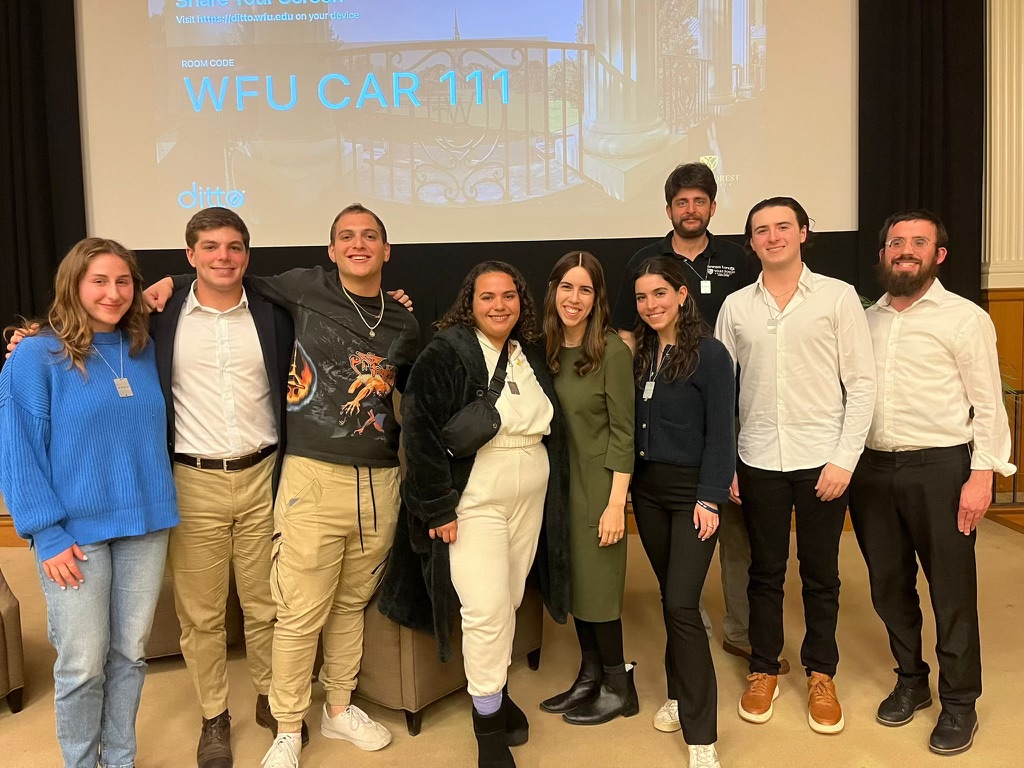The dynamic and often controversial nature of Swahili coastal architecture was discussed on Oct. 30 as Professor Prita Meier, an assistant professor of African art and architectural history at New York University, gave a lecture entitled “Oceanic Architecture: Mobility and Territoriality on the Swahili Coast.”
Meier’s studies attempt to address the contemporary African urban experience in the context of global urbanization. In studying African urbanity, Meier added that it is important to understand port cities as “nodes in a network, making them expansive spaces,” as port cities are traditionally multifocal hubs of mobility and cultural diffusion. Additionally, Meier said she prefers to understand African port cities not as pre-urban environments in the process of “catching up,” but rather as manifestations of an entirely separate and unique form of contemporary urbanity, focal points of pre-colonial, colonial and neoliberal influence but nonetheless sentient, lived in environments with culture and human connectivity.
The Swahili coast is comprised of the Kenyan, Tanzanian and Mozambican coastal areas, and is considered a complicated dissolution of Arabic, African and European influence.
Likewise, the traditional stone architecture prominent throughout the Swahili coast has become highly politicized, taking on a fluid significance contingent on context and temporality. Meier proclaimed that the architectural style simultaneously reflects a manifestation of oceanic mobility, legitimizes the marginalization of an indigenous people and memorializes the “unfolding” of slavery in the 19th century.
Sophomore Kellie Buchholz found the lecture particularly intriguing in addressing the physical design elements of Swahili architecture, as well as the culture and contextual implications it bares.
Meier pointed out that many argue that the failure of Swahili coastal architecture to reflect any preconceived gestalt isolates it from the African architectural paradigm.
However, Meier added that the architectural style should not be arbitrarily declassified as African, as the built environment of Swahili coastal urbanities generally reflects, to some extent, design implements of the African interior.
One of the most prominent and controversial examples of Swahili coral stone architecture is the House of Wonders. Located in Zanzibar, the building represents a descent from the traditional Swahili emphasis on interior privacy, and can be thought to monument a great civilization, or a period of human suffering. The building’s structural integrity is said to be supported by the bodies of the slaves whose lives were spent in its construction, a powerfully allegorical sentiment to the suffering that occurred as the building was erected. The building possesses design elements of western architecture but also incorporates locally constituted traditional designs. For many, the building subverted the local indigenous claim to the city in its appropriation of symbolic language and style, but such a critique begs the question, what is real Swahili architecture, or does such a classification exist?
Meier added that the close relationship between identity and architecture in coastal African urban landscapes is of particular interest. “We must move away from generalizations when we study urbanity in the global perspective,” Meier said. That is, we must not seek to define architecture as European or African but rather to understand it in a local context based in global historiography.
The debate over the nature of Swahili architecture seems semantic and arbitrary, but in fact reflects the deeply complicated racial and ethnic identities that have arisen in the area. In seeking to gauge the politicization of Swahili stone architecture, architects, art historians, and anthropologists wish to understand cultural tradition and diffusion.













